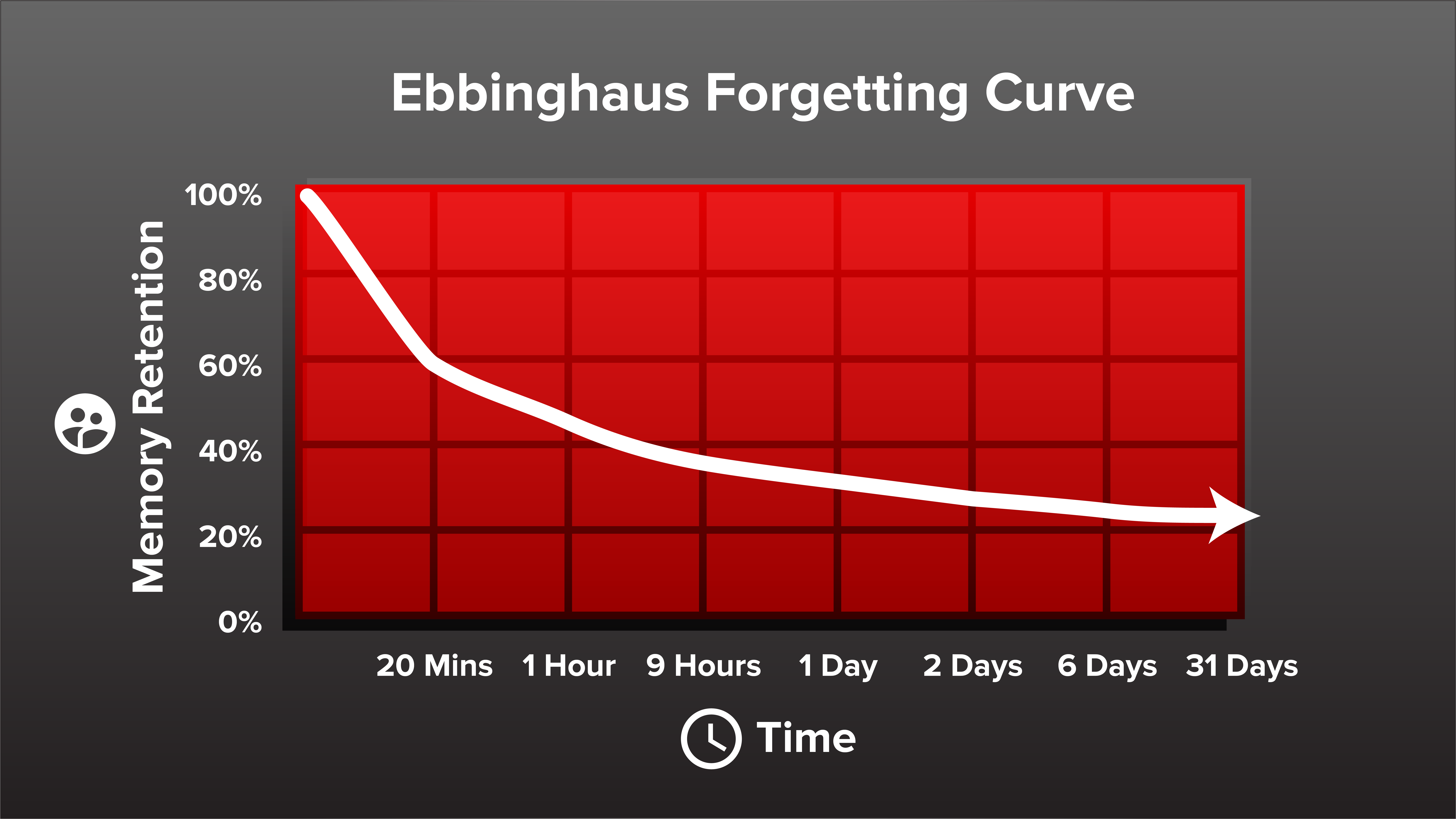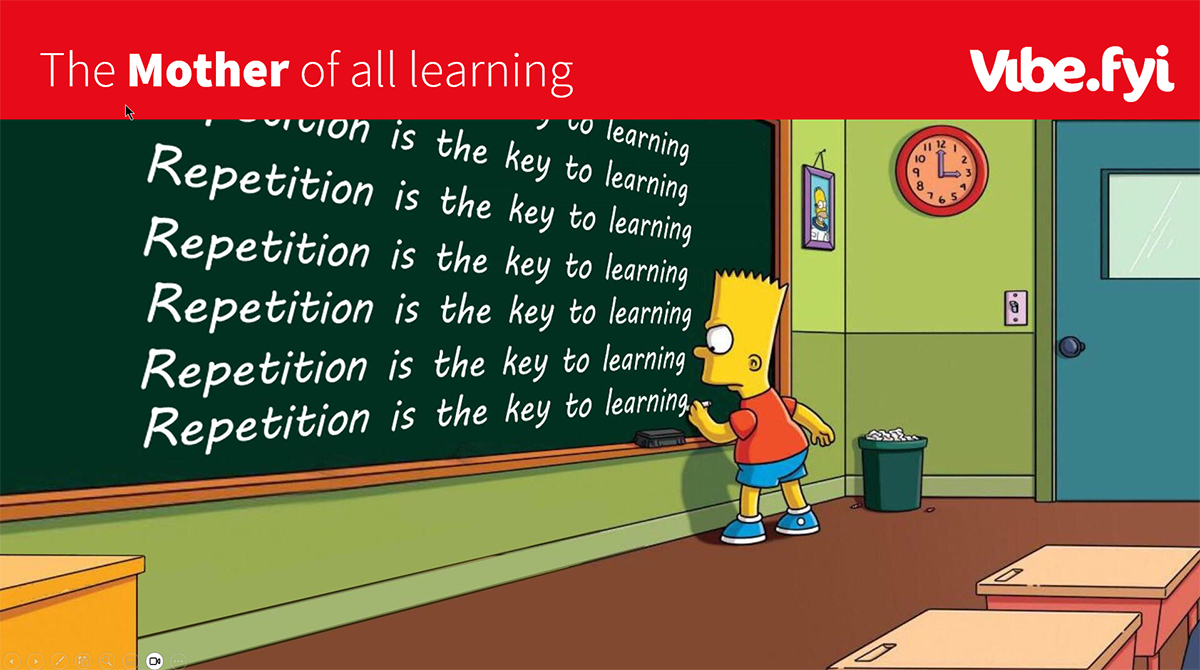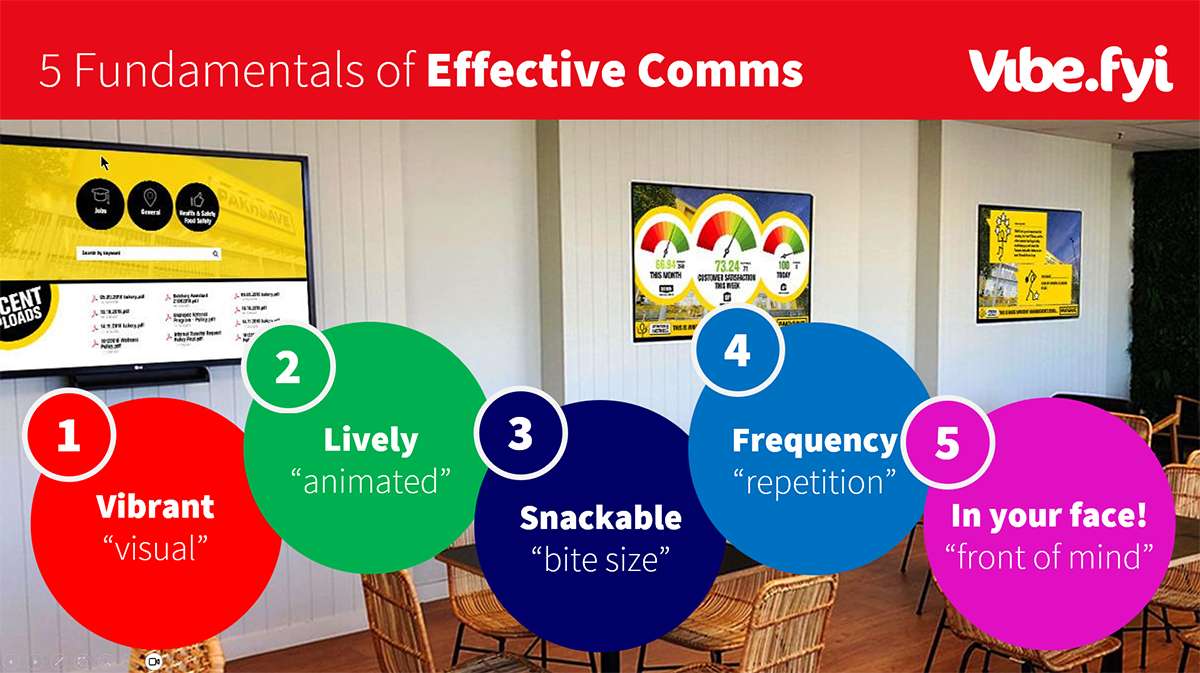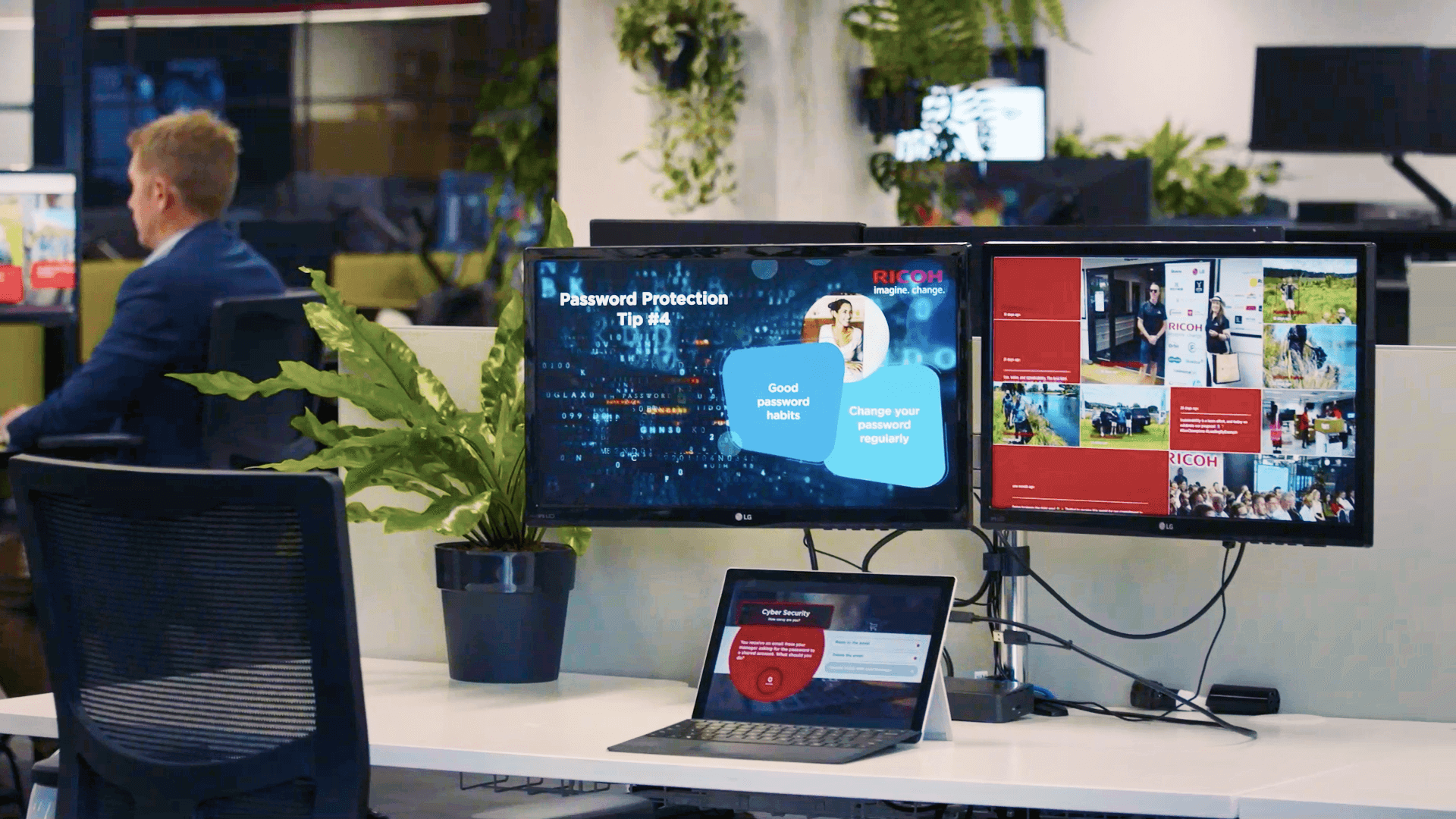 On this page
On this page
- The Science of Forgetting in Compliance Learning
- Repetition: The Engine of Habit Formation in Risk and Compliance
- Spaced Repetition: Unlocking Message Retention
- Why Message Retention Drives Long-Term Behaviour Change
- How Snackable Learning Strengthens Risk and Compliance Training
- The Five Fundamentals of Effective Snackable Learning
- A Platform Built for Continuous Reinforcement
- In Summary
 AI Summary
AI Summary
Most Risk and Compliance Training delivers short-term awareness but fails to create lasting behavioural change. Employees typically forget up to 80% of what they learn within a week, leaving critical messages about safety, ethics, and compliance at risk of fading fast. Vibe’s Snackable Learning approach uses neuroscience-backed methods such as spaced repetition and microlearning to make key messages stick. By delivering bite-size, visually engaging content across everyday digital touchpoints, organisations can reinforce learning continuously, strengthen compliance culture, and drive long-term results.
 Listen to the Podcast Episode:
Listen to the Podcast Episode:
Modern organisations invest heavily in Risk and Compliance Training — yet most of that investment fades fast. Research in cognitive psychology and neuroscience shows that employees forget up to 80% of new information within a week of learning it.
This is where Snackable Learning becomes a transformative strategy. It blends the best of microlearning (short bursts of easily digestible content) and nudge learning (positive reinforcement and timely prompts) to reinforce essential compliance knowledge and behaviour long after formal training has ended.
Snackable Learning works in harmony with how people naturally learn, helping short bursts of awareness develop into long-term behavioural change.
The Science of Forgetting in Compliance Learning

German psychologist Hermann Ebbinghaus first identified the Forgetting Curve — the rapid decline in memory retention that occurs when there’s no effort to review or apply information soon after learning.
Without reinforcement, people can lose up to 80% of what they’ve learned within just seven days. For organisations, this means that traditional annual or quarterly Risk and Compliance Training programs such as workplace safety, data security, ethical conduct, or other critical compliance initiatives often achieve initial awareness but fail to deliver lasting retention or behaviour change.
In highly regulated environments, where compliance failures can endanger personal safety, incur financial penalties, or damage an organisation’s reputation, the gap between training and retention can have serious consequences.
Repetition: The Engine of Habit Formation in Risk and Compliance

Repetition is often called the mother of all learning for good reason.
Every time we revisit information, the brain’s neurons fire in the same pattern, strengthening the connections between them. This process,
known as long-term potentiation (LTP), turns short-term memory into long-term knowledge.
When reinforced over time, these neural connections make behaviours feel natural and automatic, the hallmark of habit formation.
In Risk and Compliance Training, repetition helps transform knowledge into consistent, automatic behaviours whether that’s safe workplace practices, proper data handling, or ethical decision-making.
However, not all repetition is effective.
Repetition that’s too frequent or too predictable can lead to message habituation, a phenomenon where people stop noticing or responding to a message after being exposed to it repeatedly.
Over time, even important communication will lose impact. Not because people don’t care, but because their brains have stopped registering them as meaningful.
So, while repetition is vital, the timing of repetition is what makes it powerful.
Spaced Repetition: Unlocking Message Retention
Spaced repetition is a neuroscience-backed learning strategy that revisits key information at increasing intervals over time.
This approach works because it aligns with how the brain consolidates memories:
- Each exposure reactivates the neural pathway responsible for that information.
- Retrieval at the point of partial forgetting triggers effortful recall, a process that strengthens long-term storage.
- The brain uses these repeated activations to tag the information as important, making it more durable and easier to retrieve later.
Put simply, spaced repetition keeps learning alive long after the initial training session, transforming awareness into sustained behaviour change.
Why Message Retention Drives Long-Term Behaviour Change
Message retention is the bridge between awareness and action.
In the context of Risk and Compliance Training, retention determines whether people remember what’s right — and
act on it when it matters.
From workplace safety, data security, duty-of-care and environmental compliance to diversity and conduct training, employees can’t comply with what they can’t recall. Lasting change depends on remembering, internalising, and re-applying key messages over time.
At the neurological level, repetition and recall strengthen myelination, insulating neural pathways so messages and responses travel faster and require less conscious effort. Over time, these forms lasting compliance habits that feel natural, not imposed.
How Snackable Learning Strengthens Risk and Compliance Training
Vibe’s Snackable Learning strategy delivers short, visually engaging compliance messages that appear at optimised intervals, perfectly aligned with the principles of spaced repetition.
By breaking complex compliance topics into small, focused bursts, Snackable Learning ensures key messages are not only seen but retained. Each repetition reinforces the message just as recall begins to fade, embedding the knowledge more deeply with every cycle.
The result is a workforce that learns continuously, remembers more, and acts consistently in line with your organisation’s compliance culture.
The Five Fundamentals of Effective Snackable Learning

Vibe’s Snackable Learning Framework© is built on five neuroscience-aligned fundamentals that make Risk and Compliance Training more effective and engaging:
|
Fundamental |
Description |
|---|---|
| Vibrant | The human brain processes visuals up to 60,000× faster than text. Visual storytelling enhances comprehension and retention. |
| Lively | Movement captures attention and keeps people engaged. Vibe’s philosophy is simple: a static message is a dead message. Dynamic communication is key to maintaining long-term engagement. |
| Snackable | Keep each message bite-size and concise, ideally under 140 characters, to align with how the brain best processes and retains small chunks of information. |
| Frequency | Research shows that employees need to see a message around 17 times, spaced out over several months, for it to embed in long-term memory. |
| In Your Face | Surface compliance reminders where employees naturally look throughout their day. If information isn’t easily visible, it simply won’t be seen. |
A Platform Built for Continuous Reinforcement
Traditional tools like email, intranets, and chat platforms aren’t built for repetition. Sending the same message 17 times to build frequency would waste time, frustrate employees, and turn valuable tools into clutter.
Vibe enables organisations to transform idle digital screens into intelligent communication channels that support continuous learning. From digital signage and meeting room displays to desktop screensavers and lock screens, Vibe ensures compliance and risk-related messages are seen, remembered, and acted upon, without disrupting workflow.
By combining neuroscience-backed reinforcement with powerful visual communication, Snackable Learning helps organisations strengthen compliance culture, reduce risk, and drive lasting behavioural change.
In Summary
Snackable Learning redefines how organisations approach Risk and Compliance Training.
It combines neuroscience, microlearning, and spaced repetition to deliver high-impact messages that stick — turning training into lasting
behaviour.
Memory fades fast, but behaviour sticks when learning is repeated, spaced, and seen every day.








